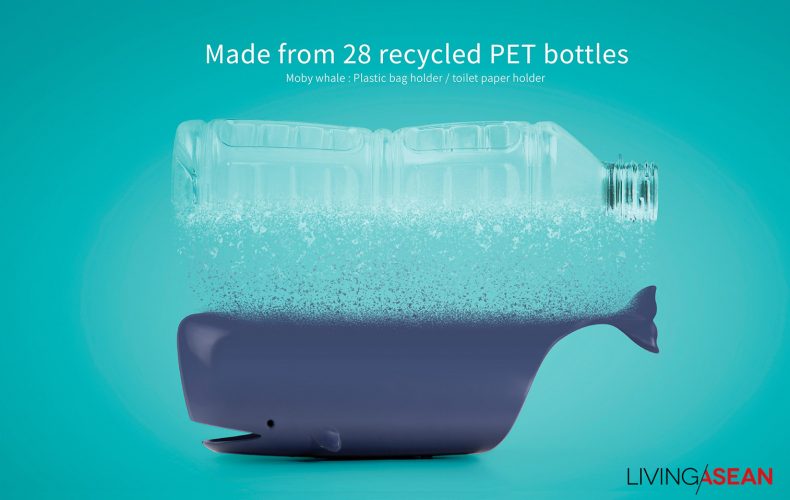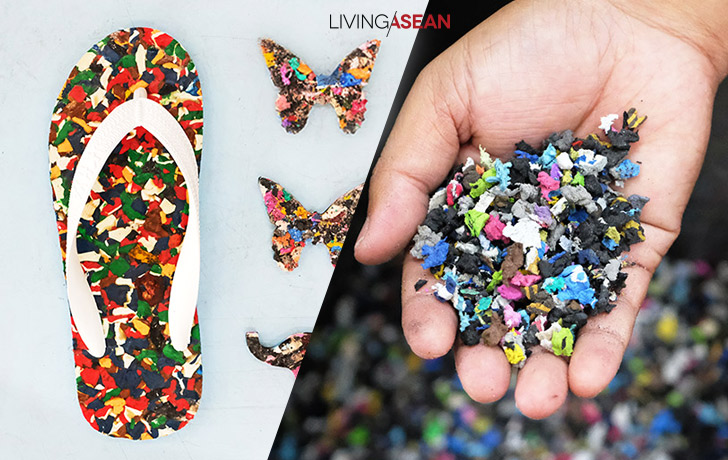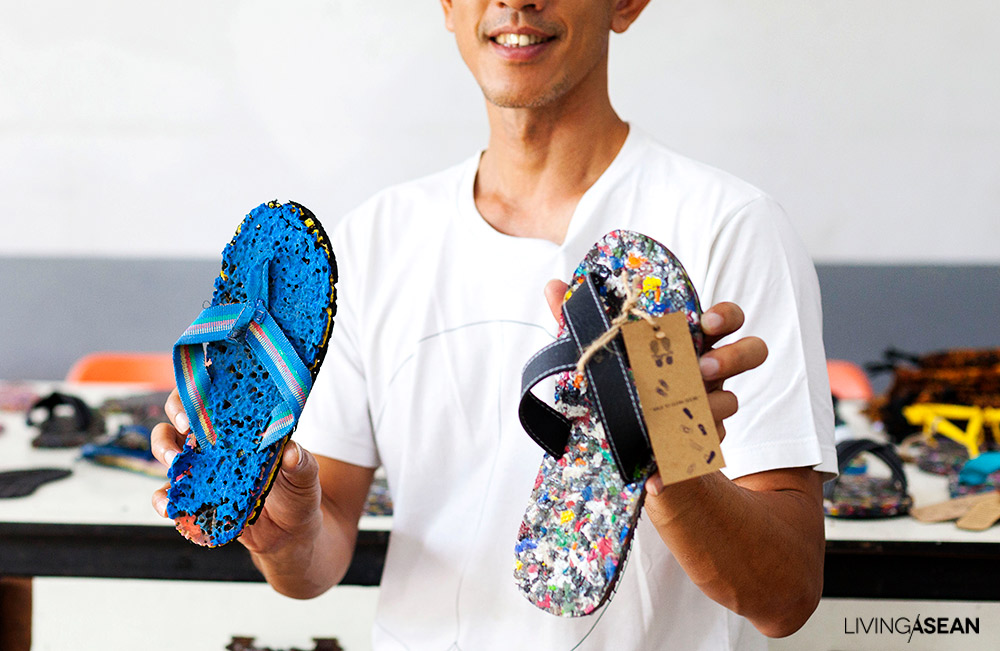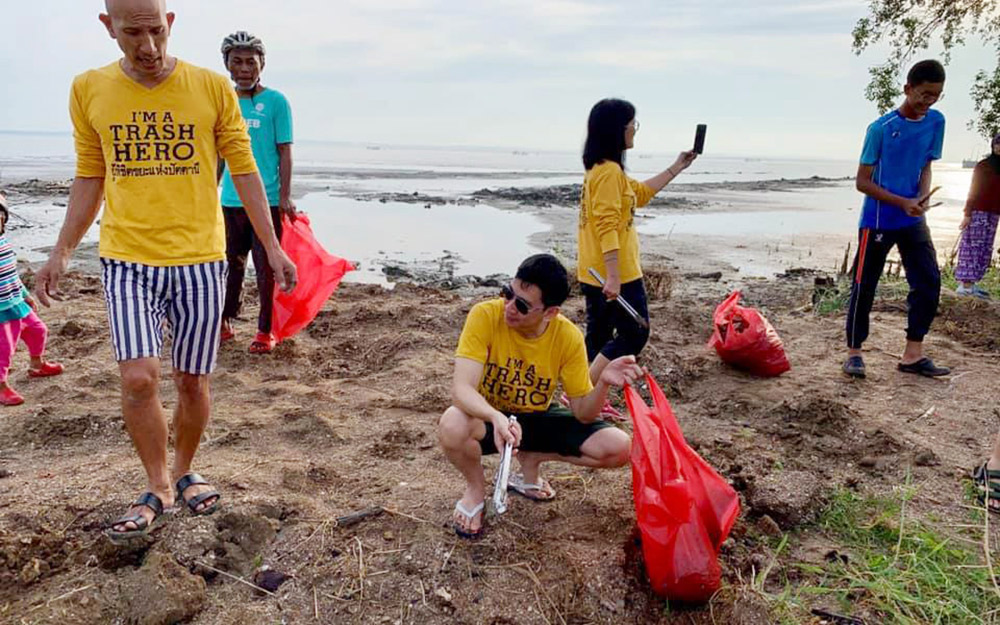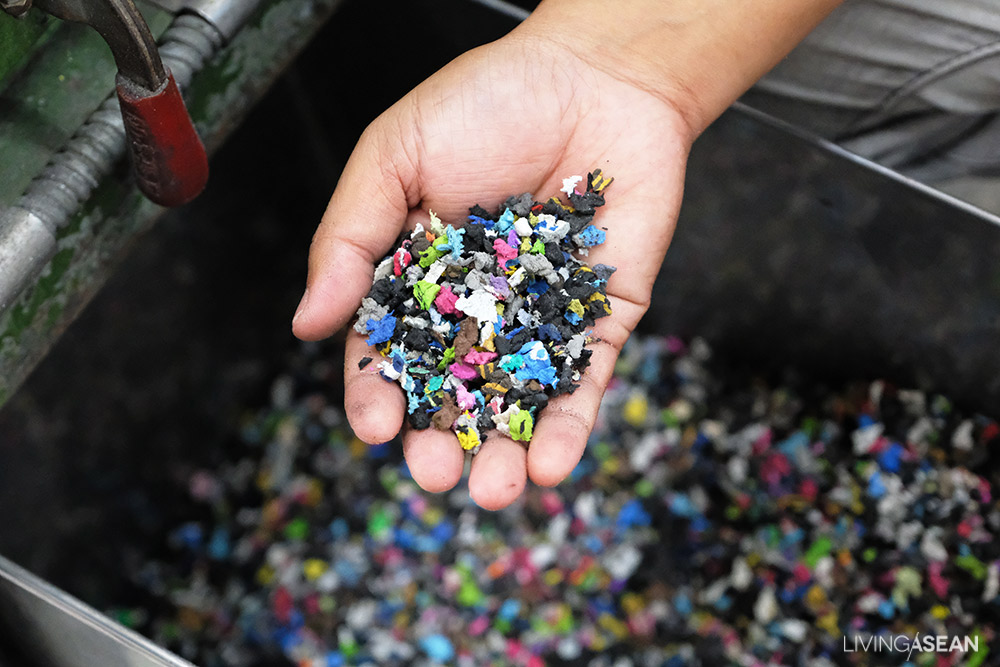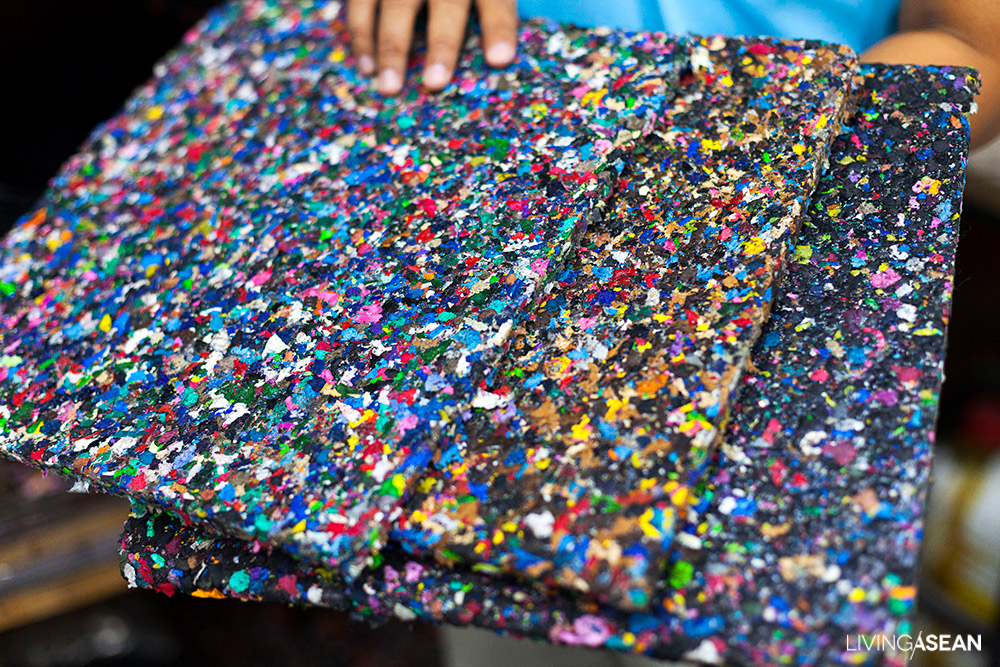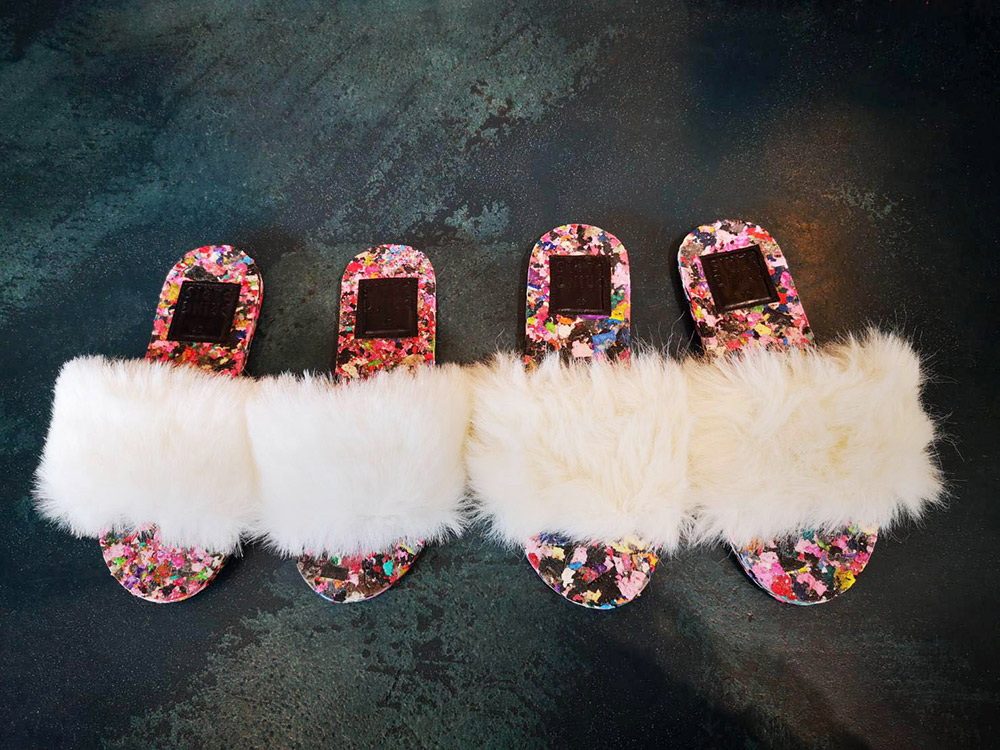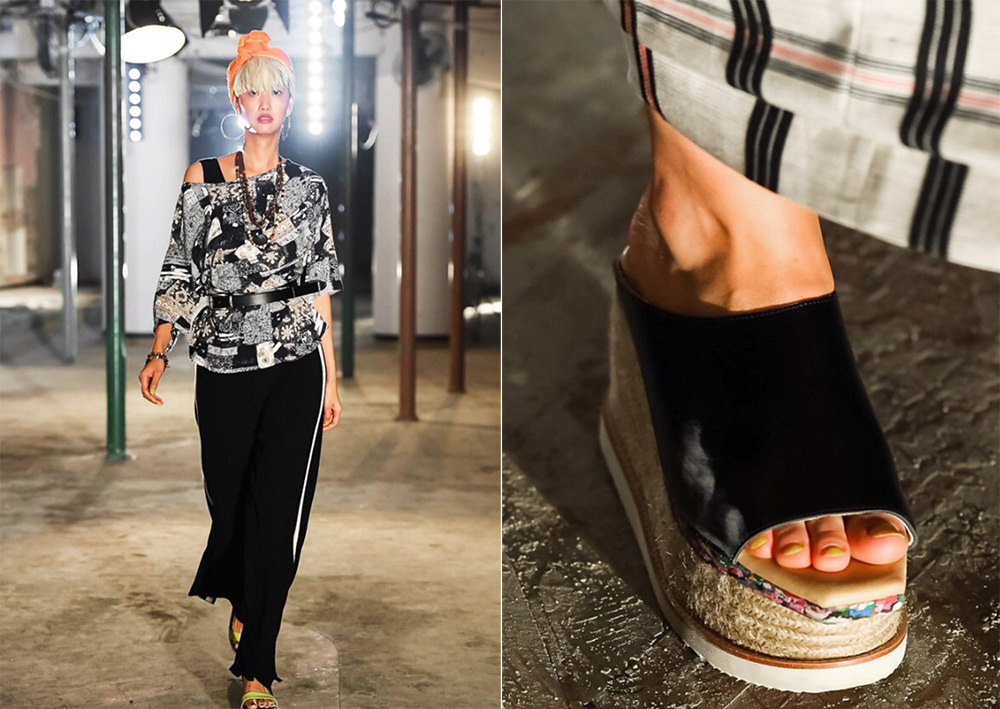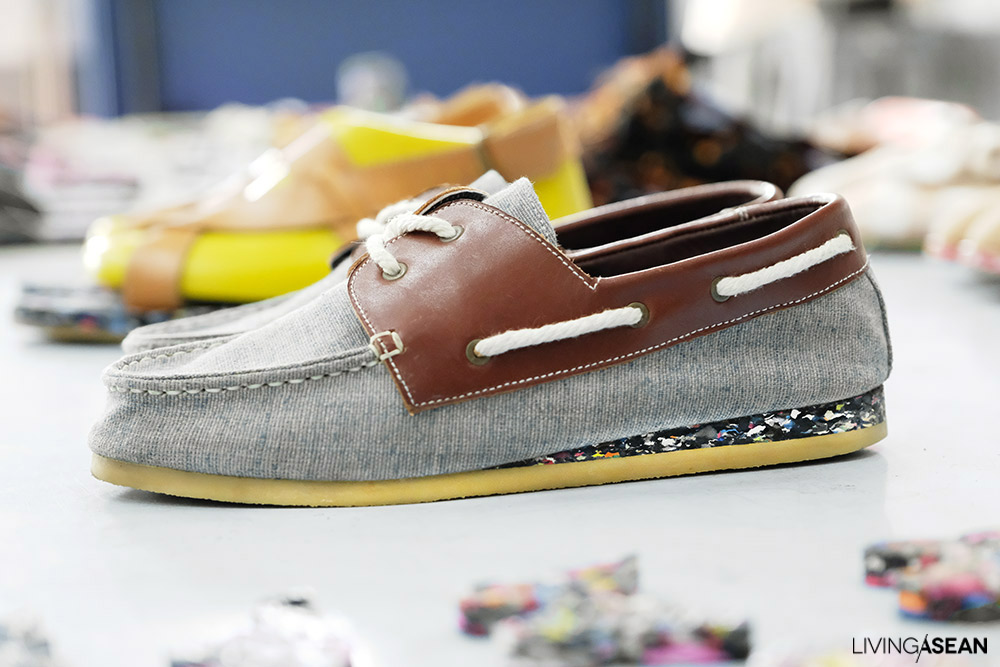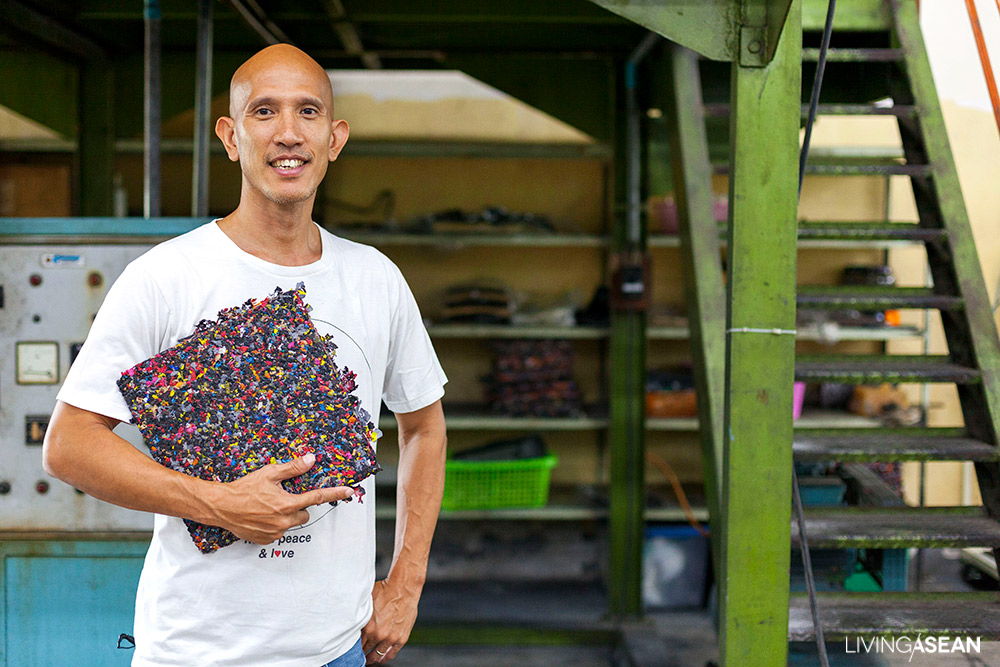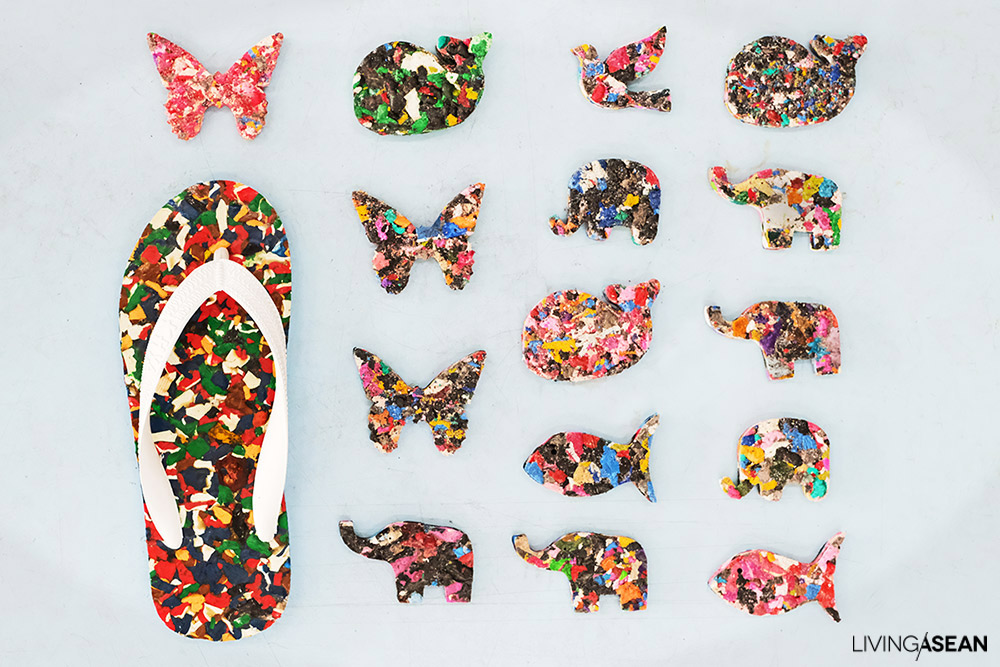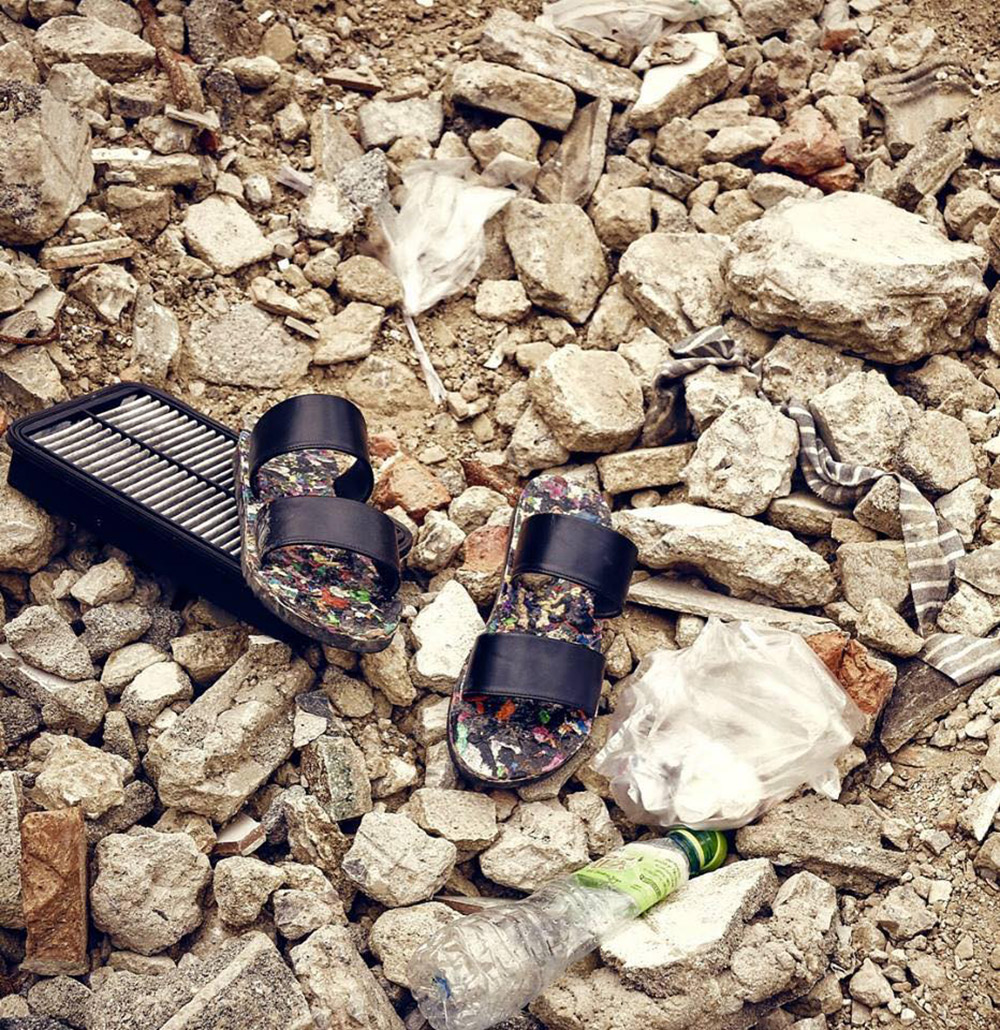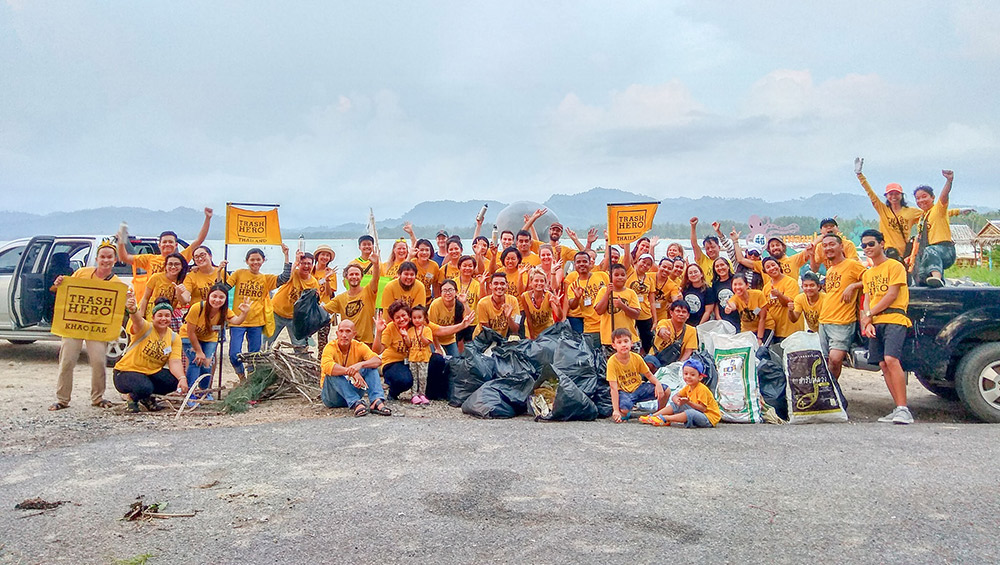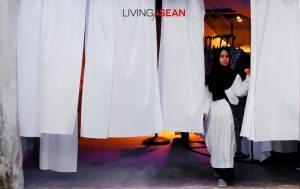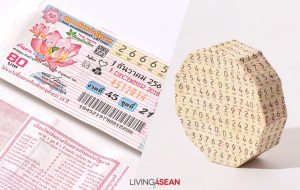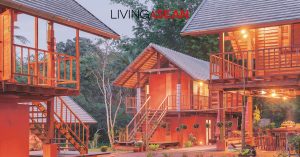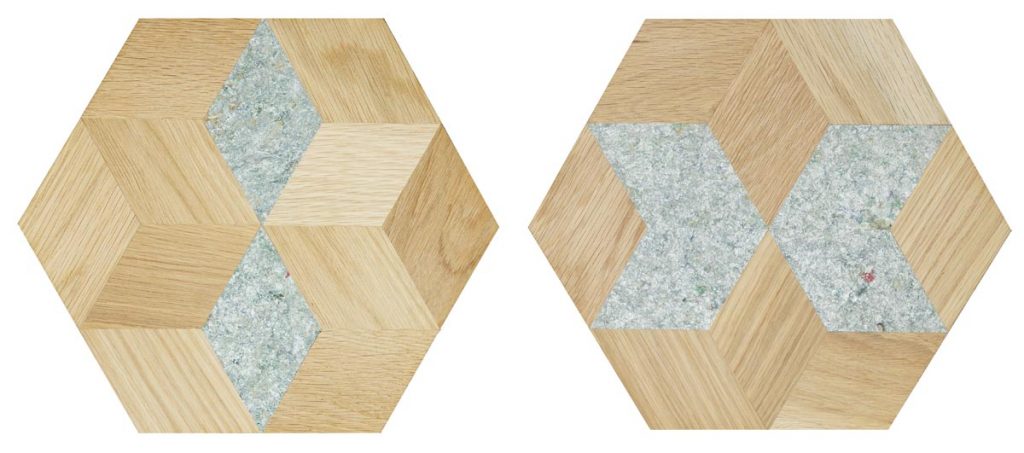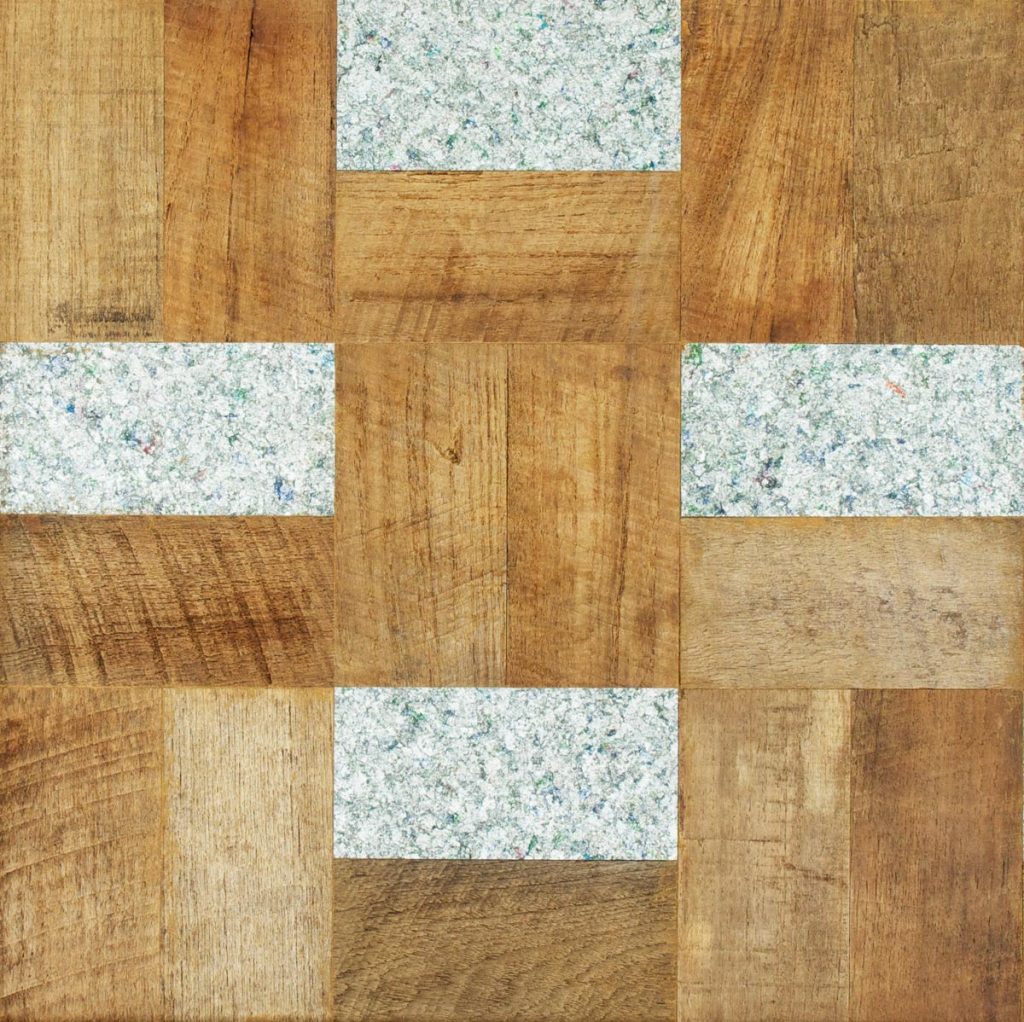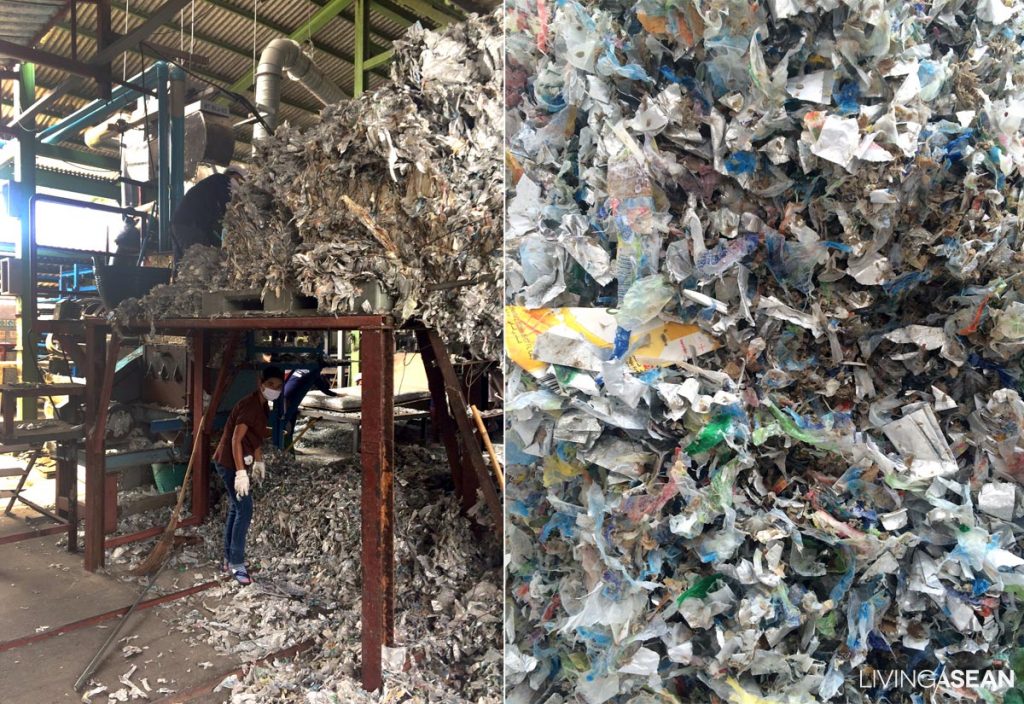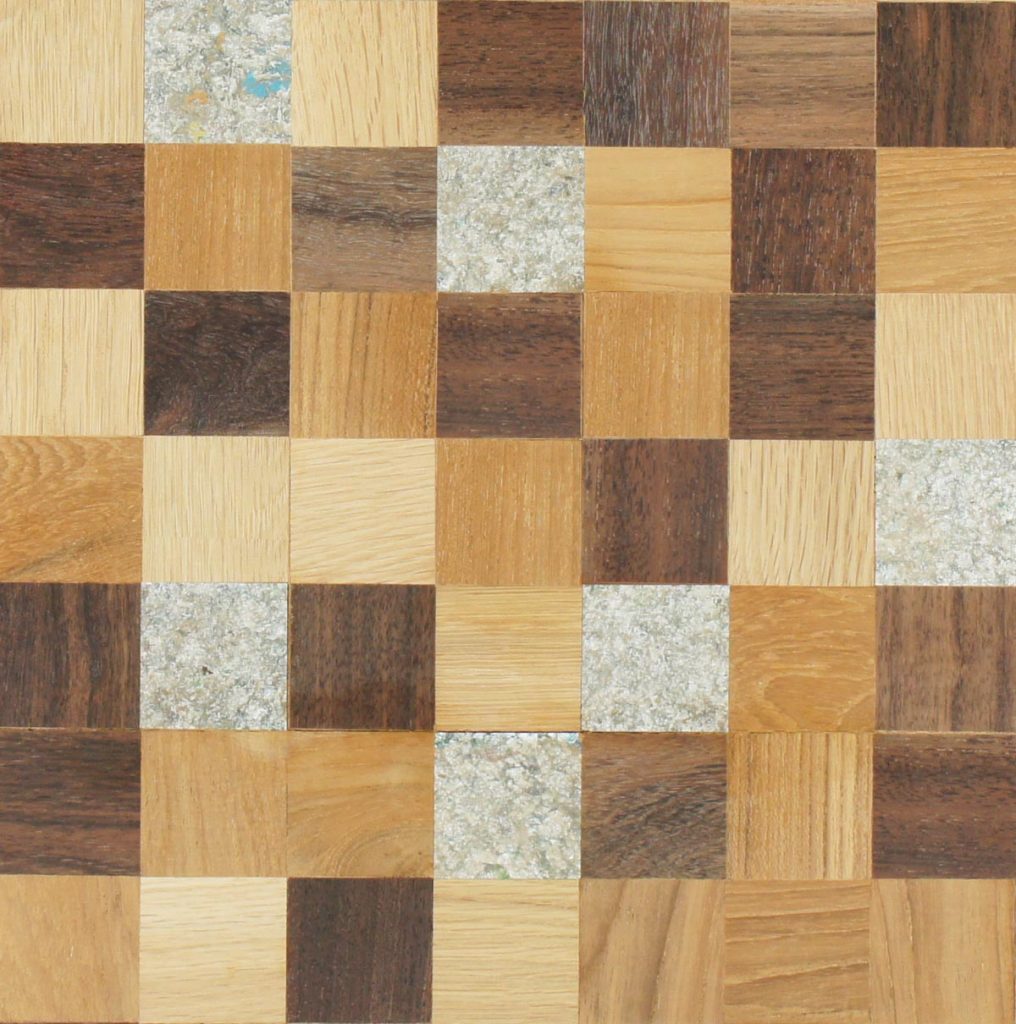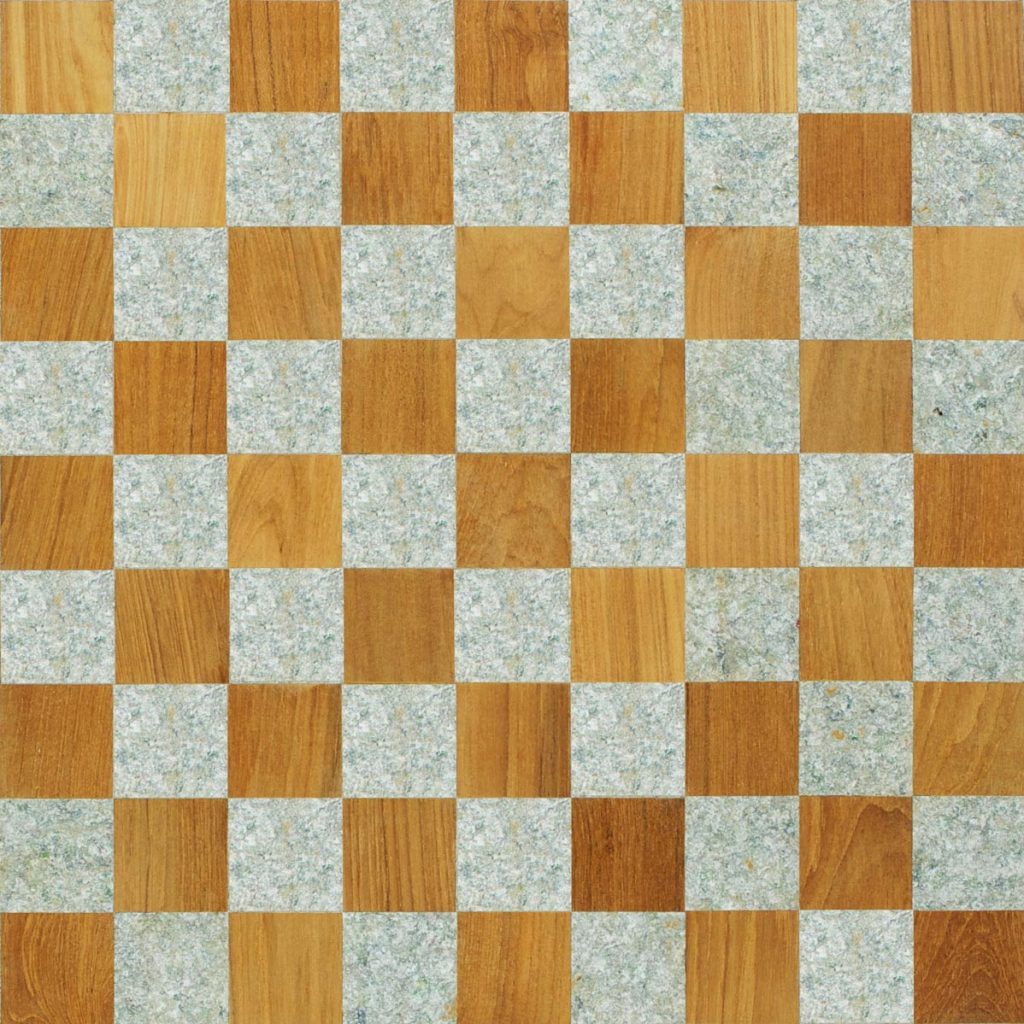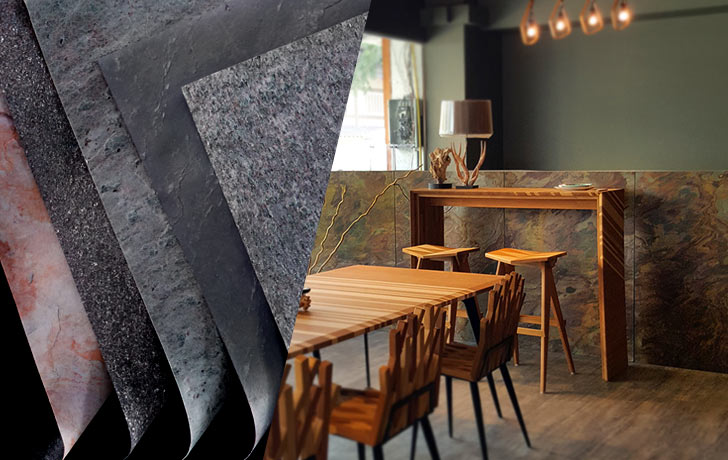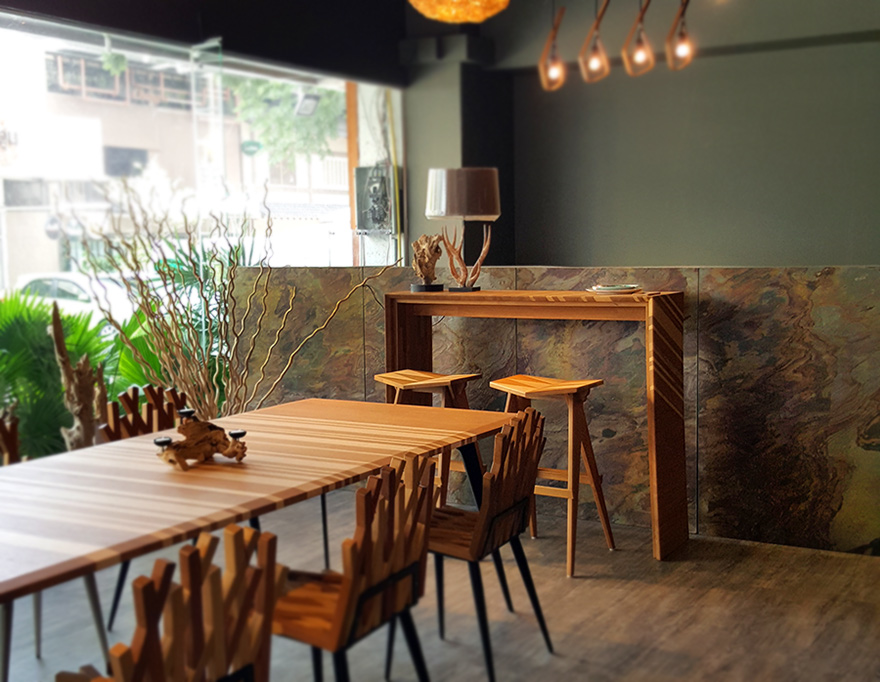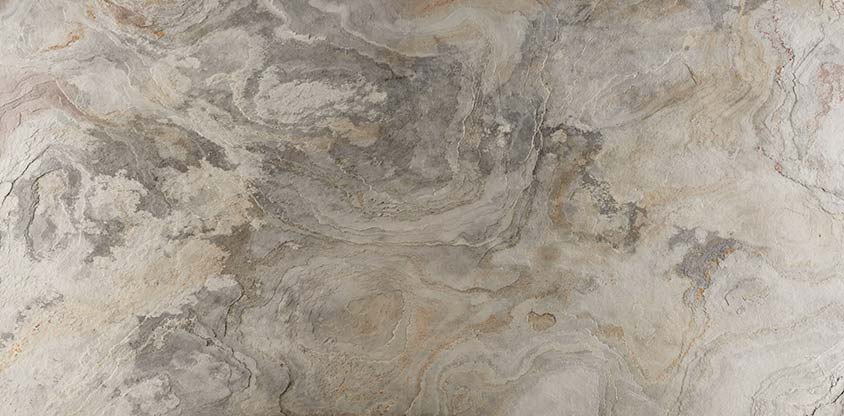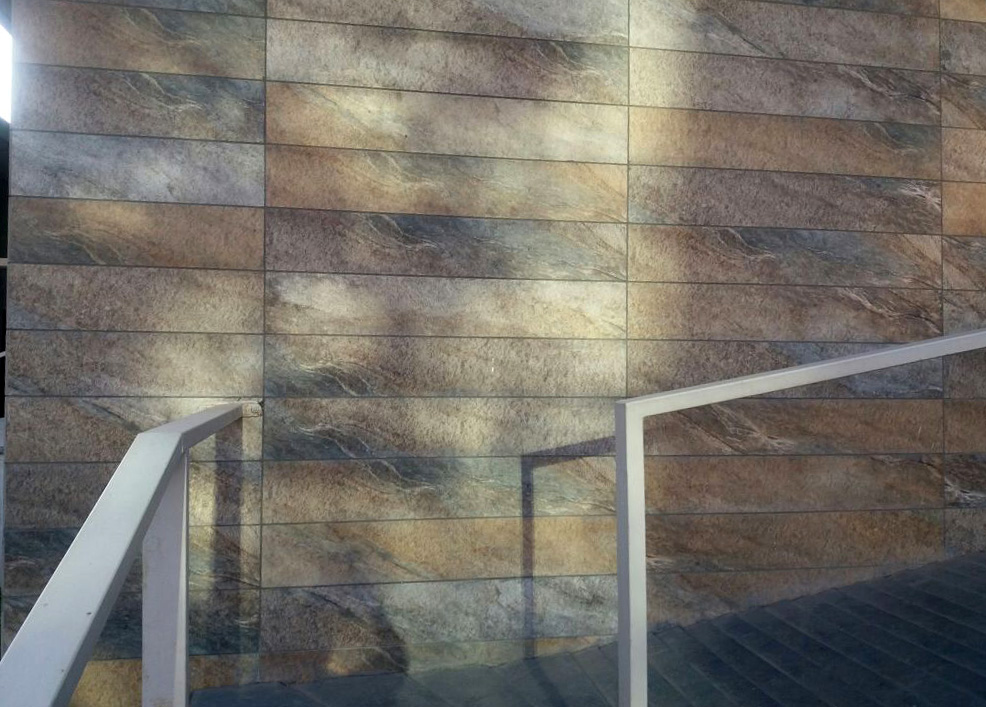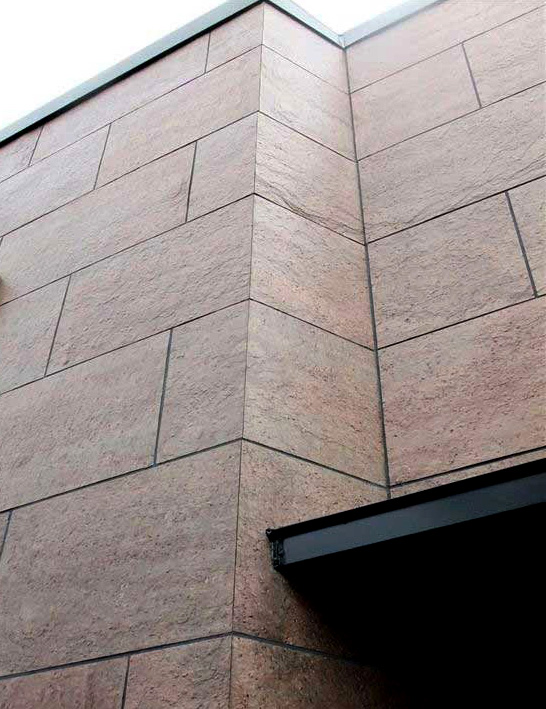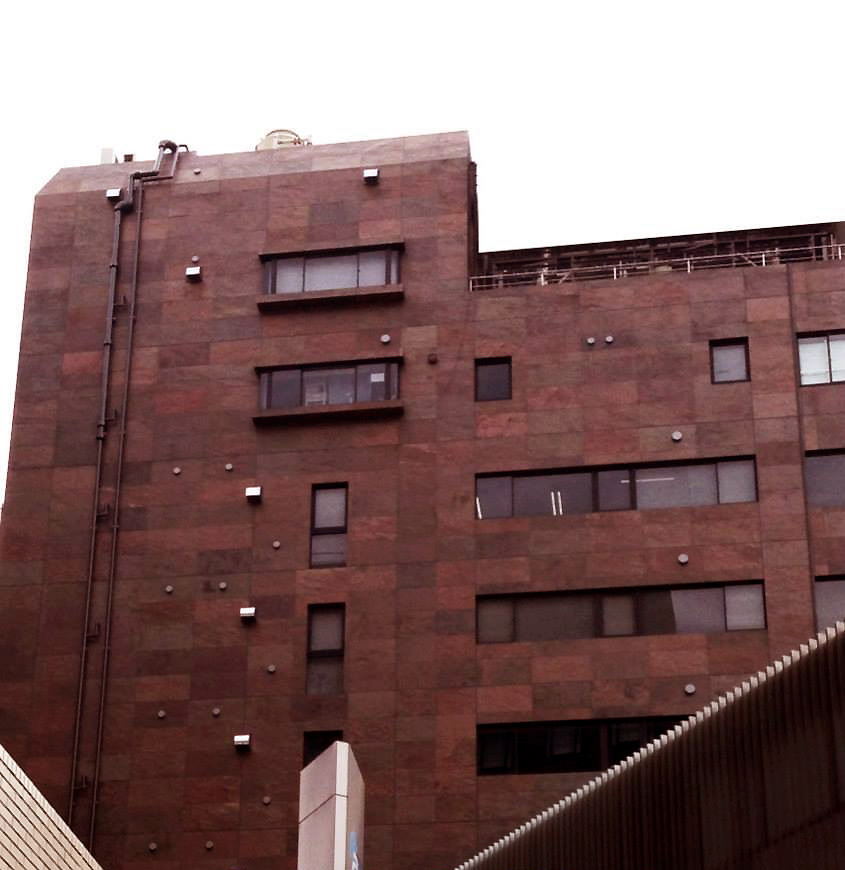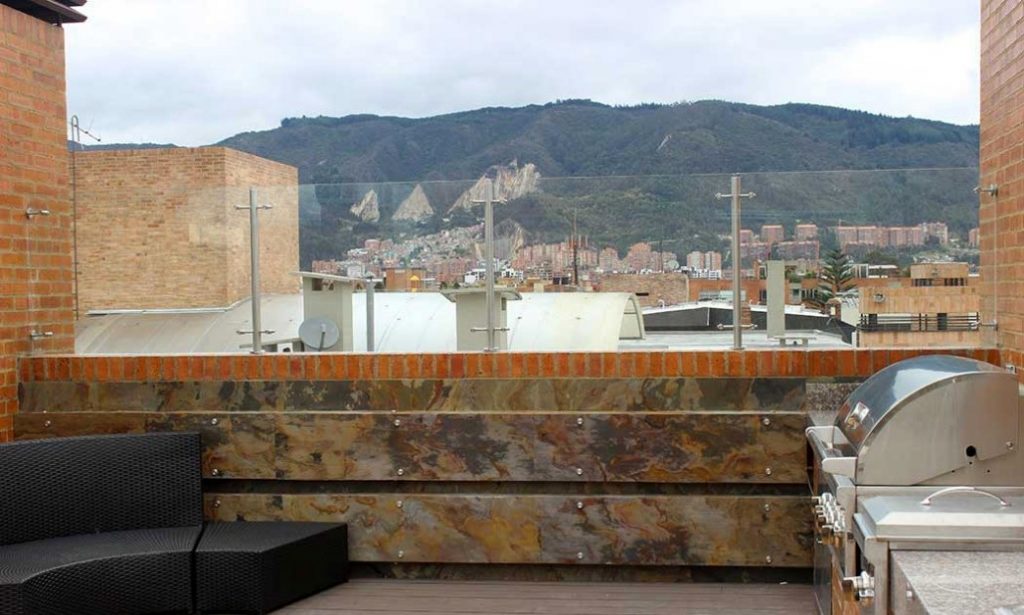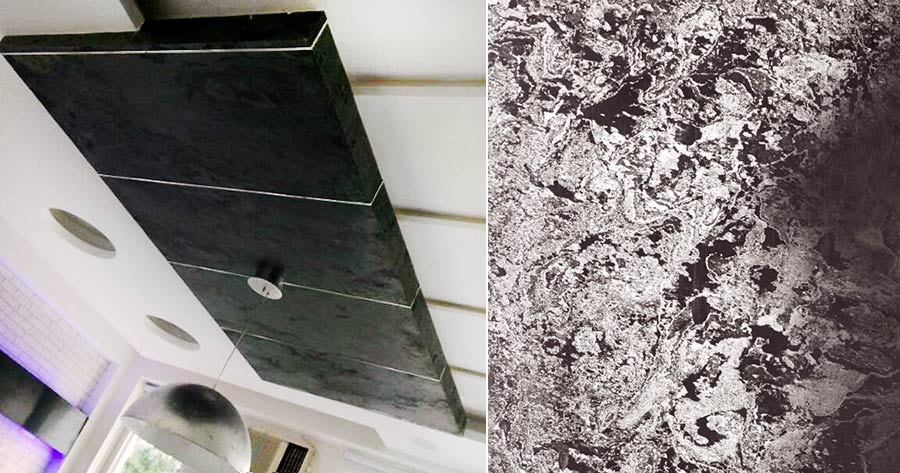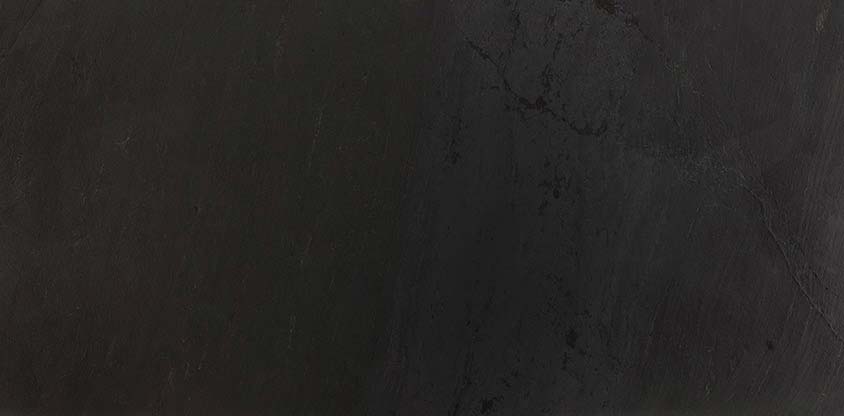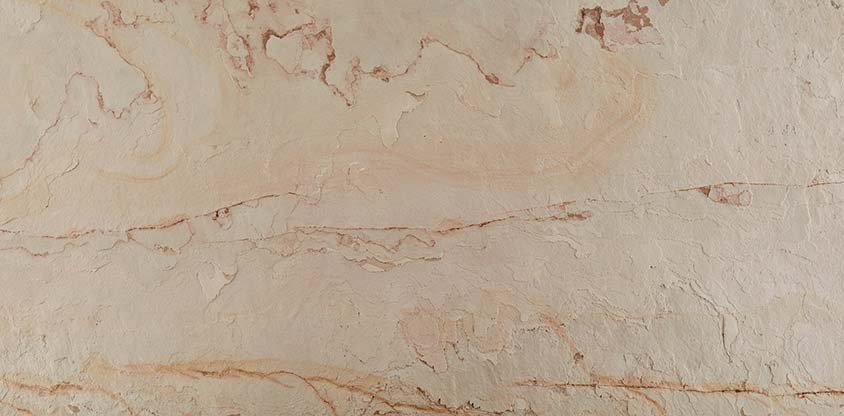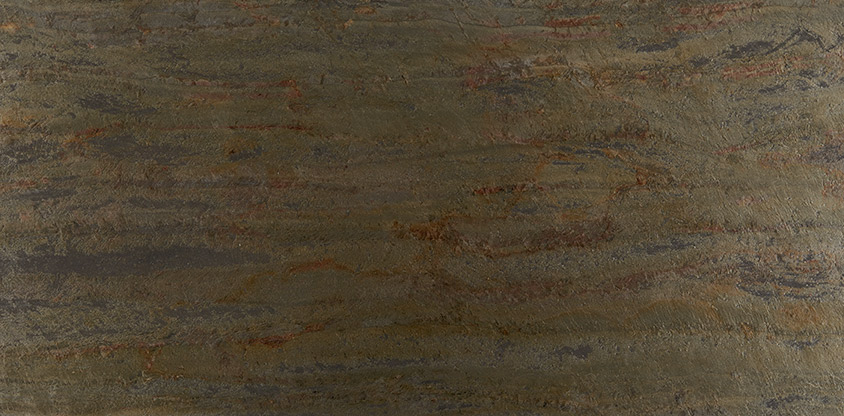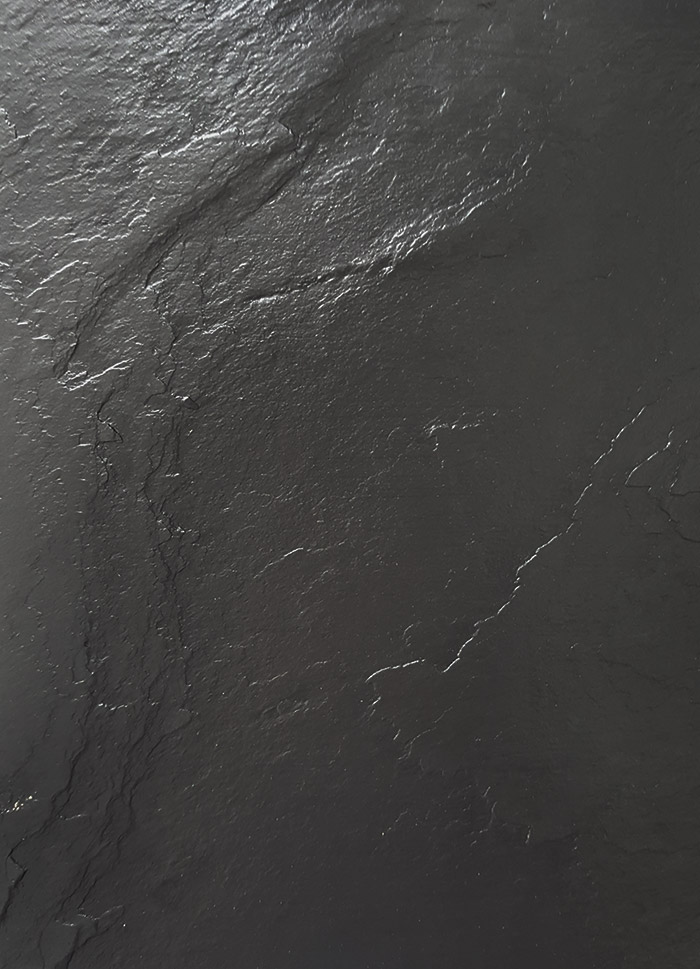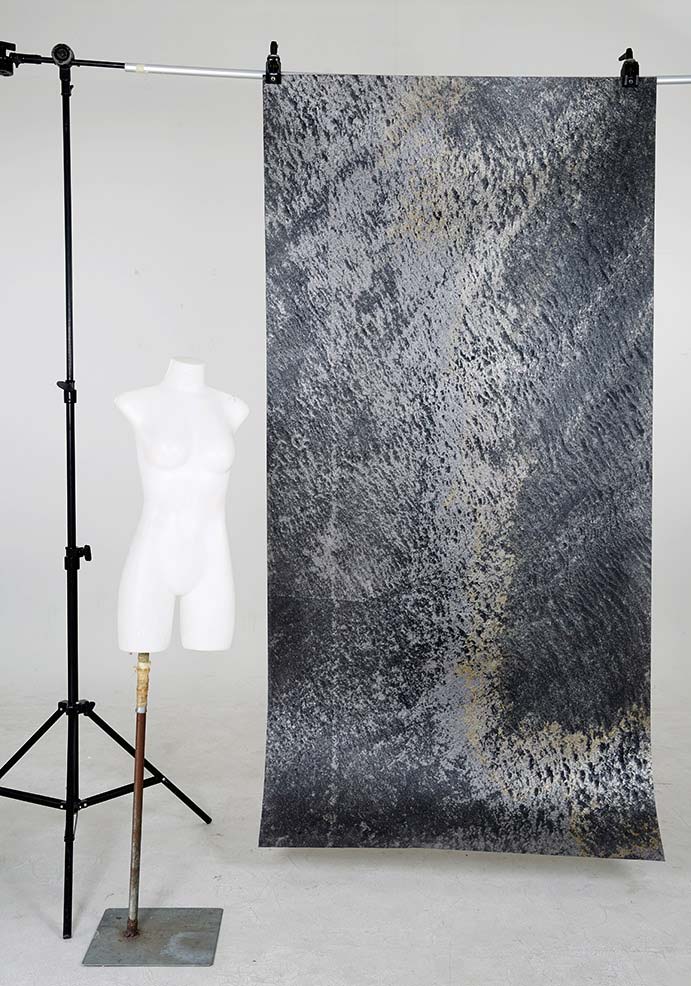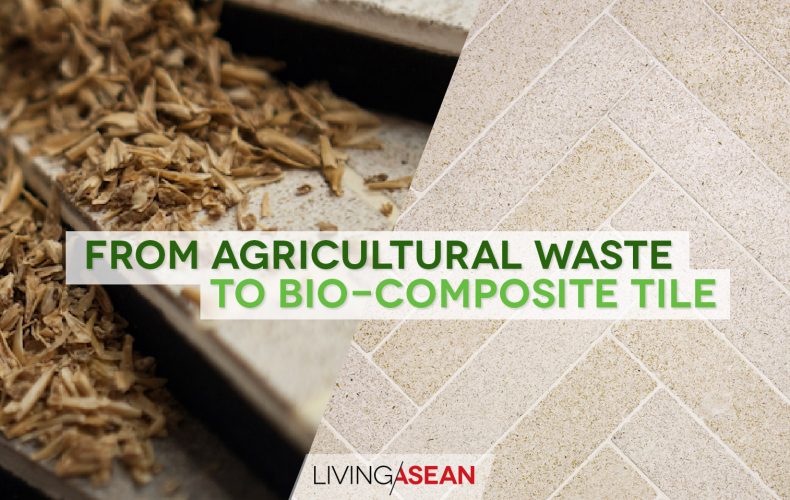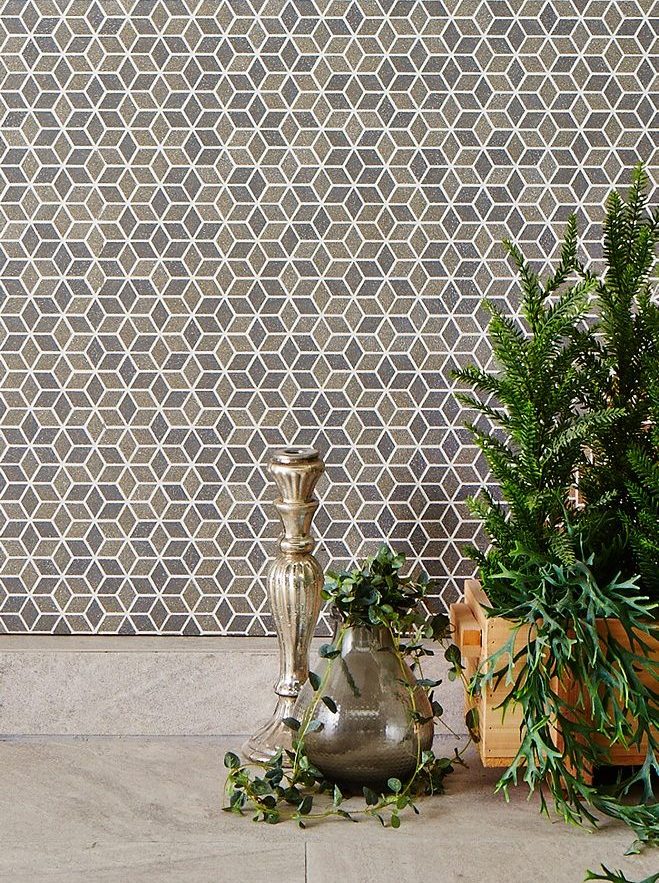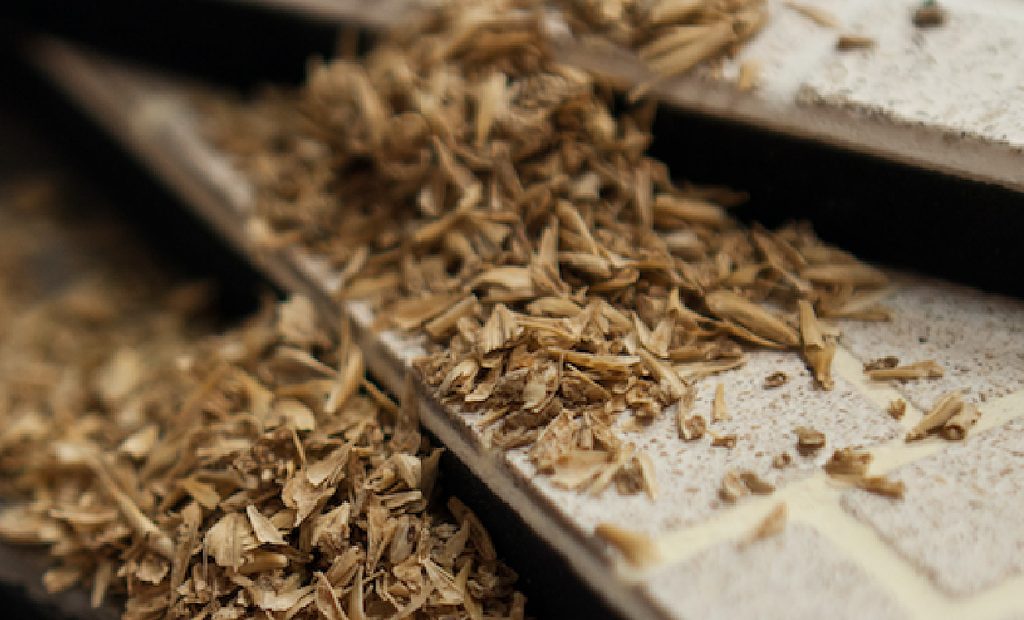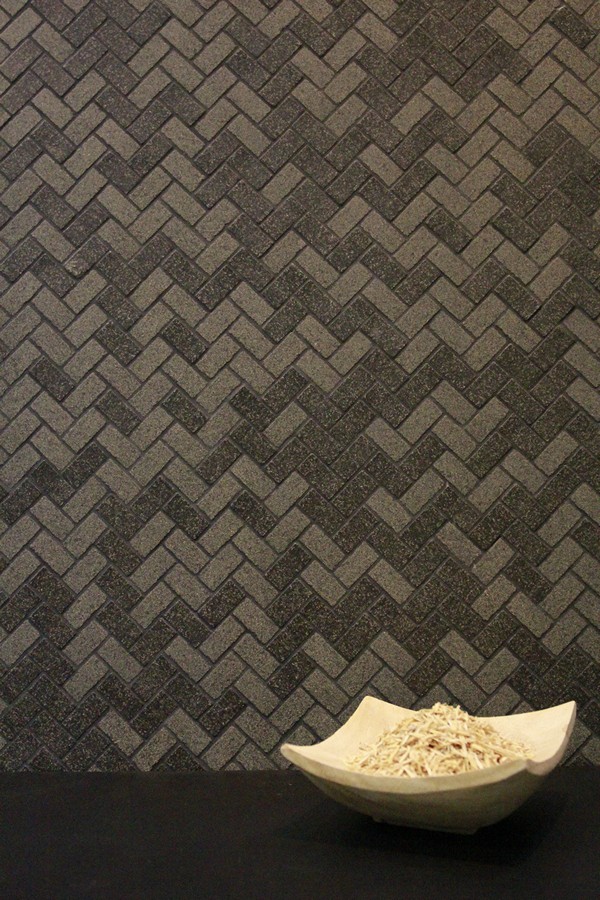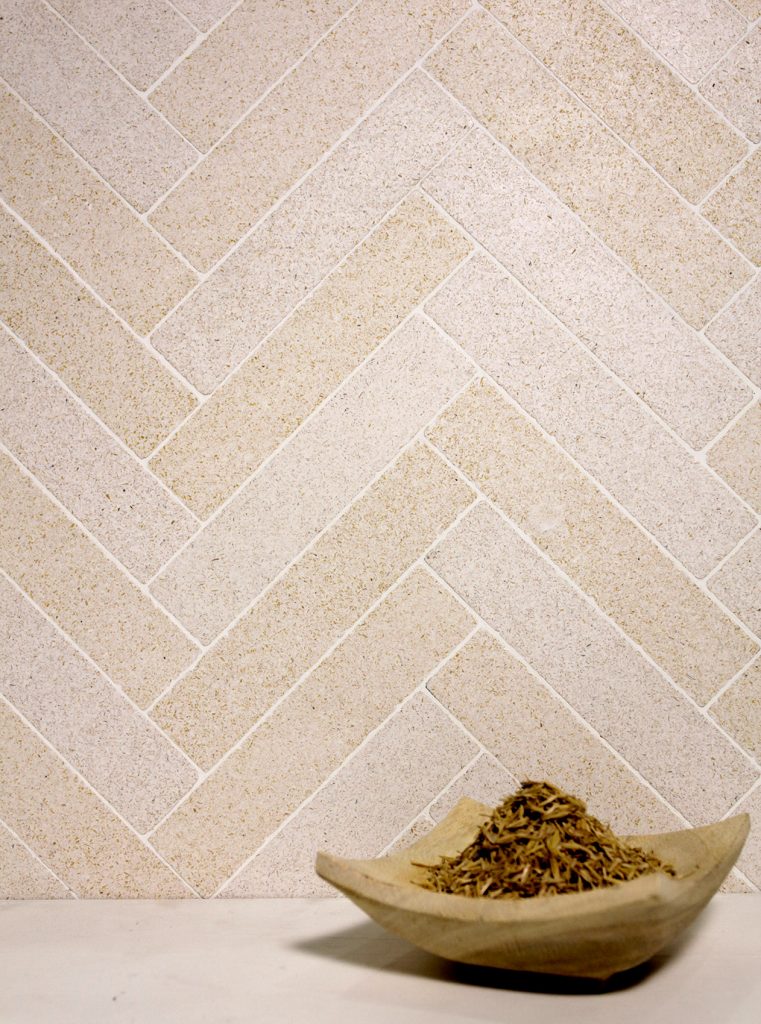Who would have thought it! Discarded plastic bottles and jars could transform into cute whale-shaped napkin box covers. Not to mention water-saving glass drying trays for the kitchen. Plenty of fantastic ideas for modern home décor and accessories to make sure everything is organized and in place!
/// Thailand ///
Stoty: Samutcha Viraporn, Photo: Press
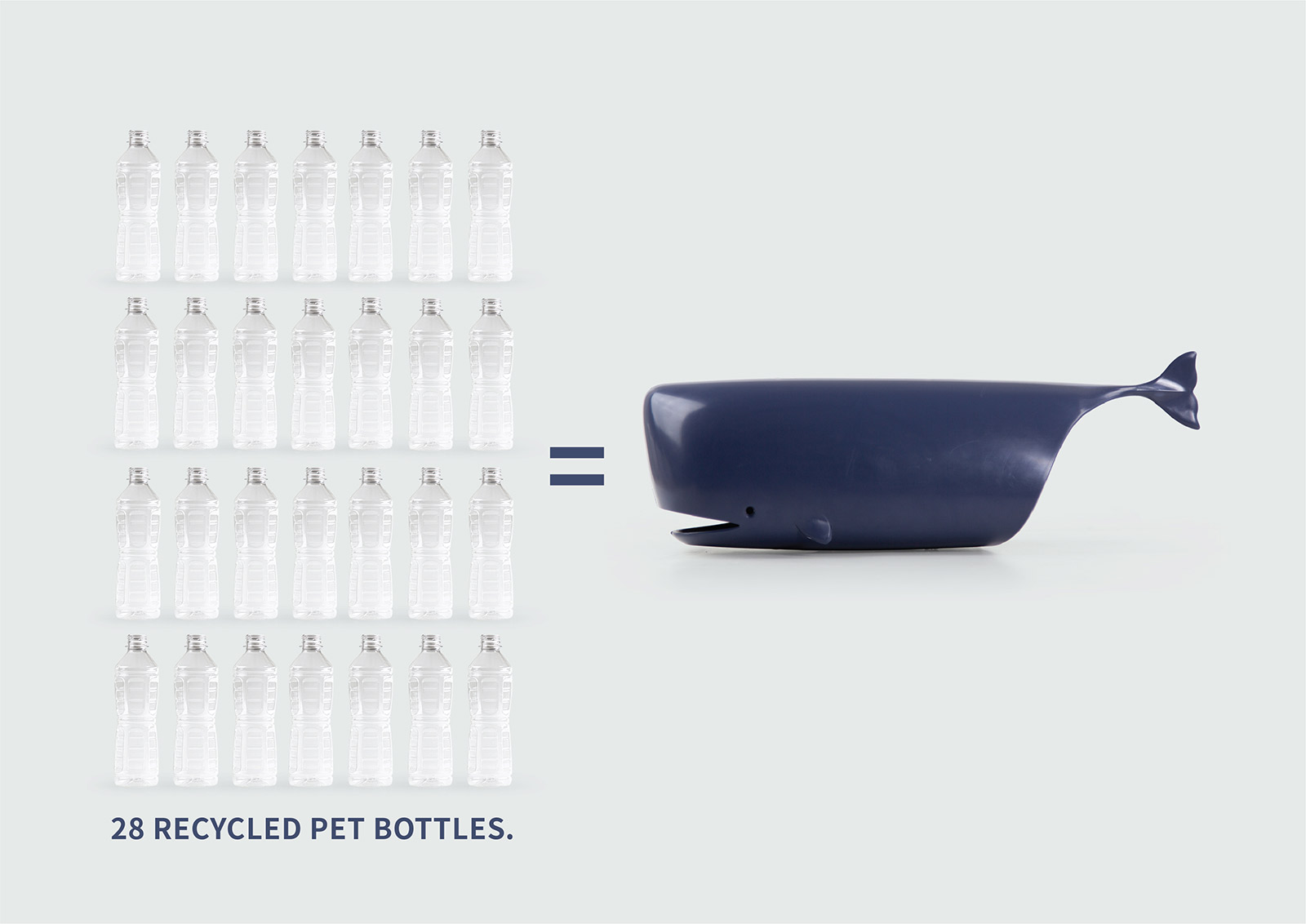
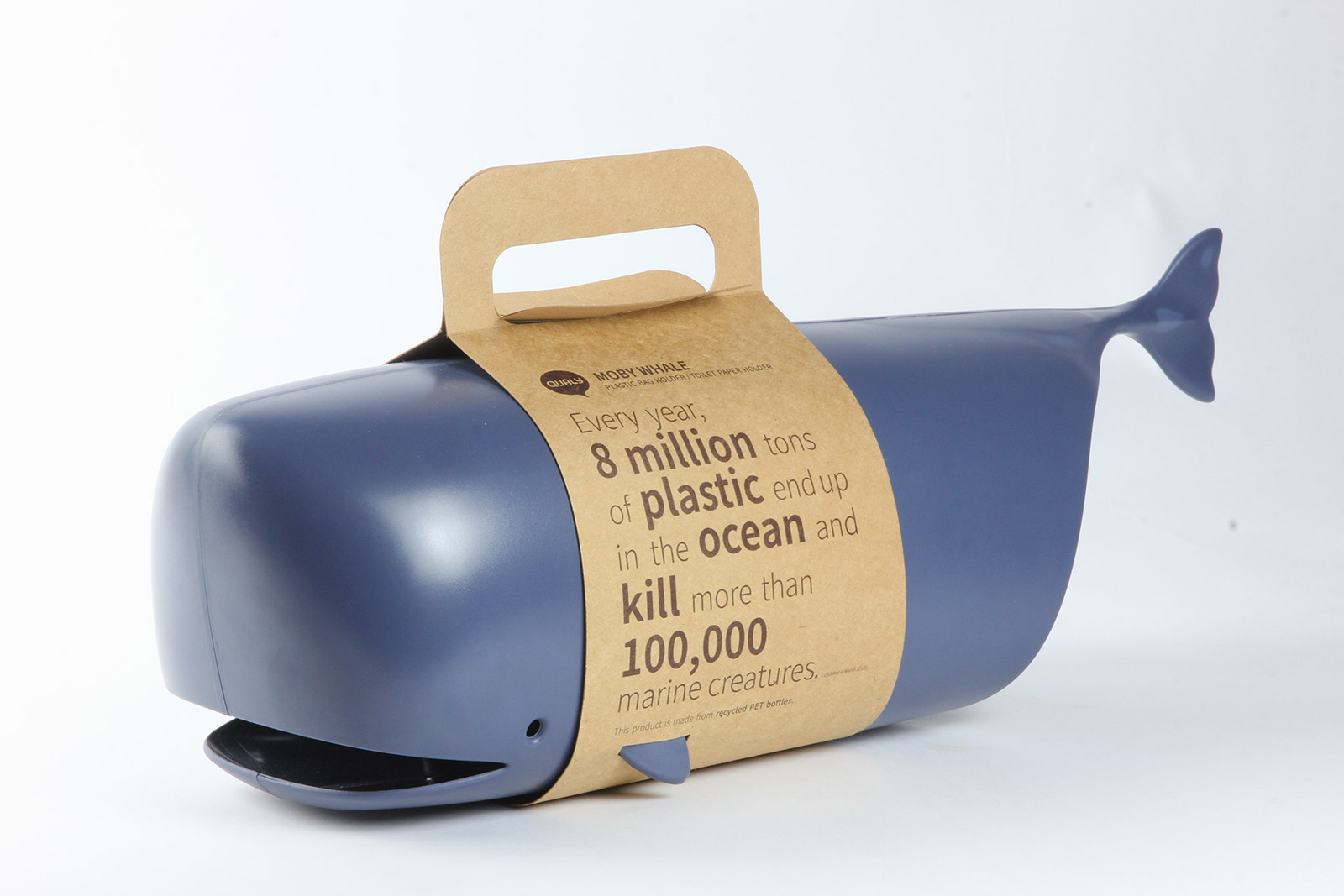
Disposable plastic bottles become trash after a single use. In the manufacturing process, some of them are discarded without seeing the light of day. The good news. Designers have come up with ingenious ideas to turn waste into products of better quality and higher value than the original. And the sky’s the limit.
Many transparent plastic bottles are made from a type of plastic called polyethylene terephthalate, or PET. What we don’t see is the plastic packaging that doesn’t make it to the shelf. In the manufacturing process, bottle samples are taken out and evaluated. By law, the plastic packaging that fails quality control testing cannot be recycled into bottles and jars again. So they become raw materials to make different types of goods instead.
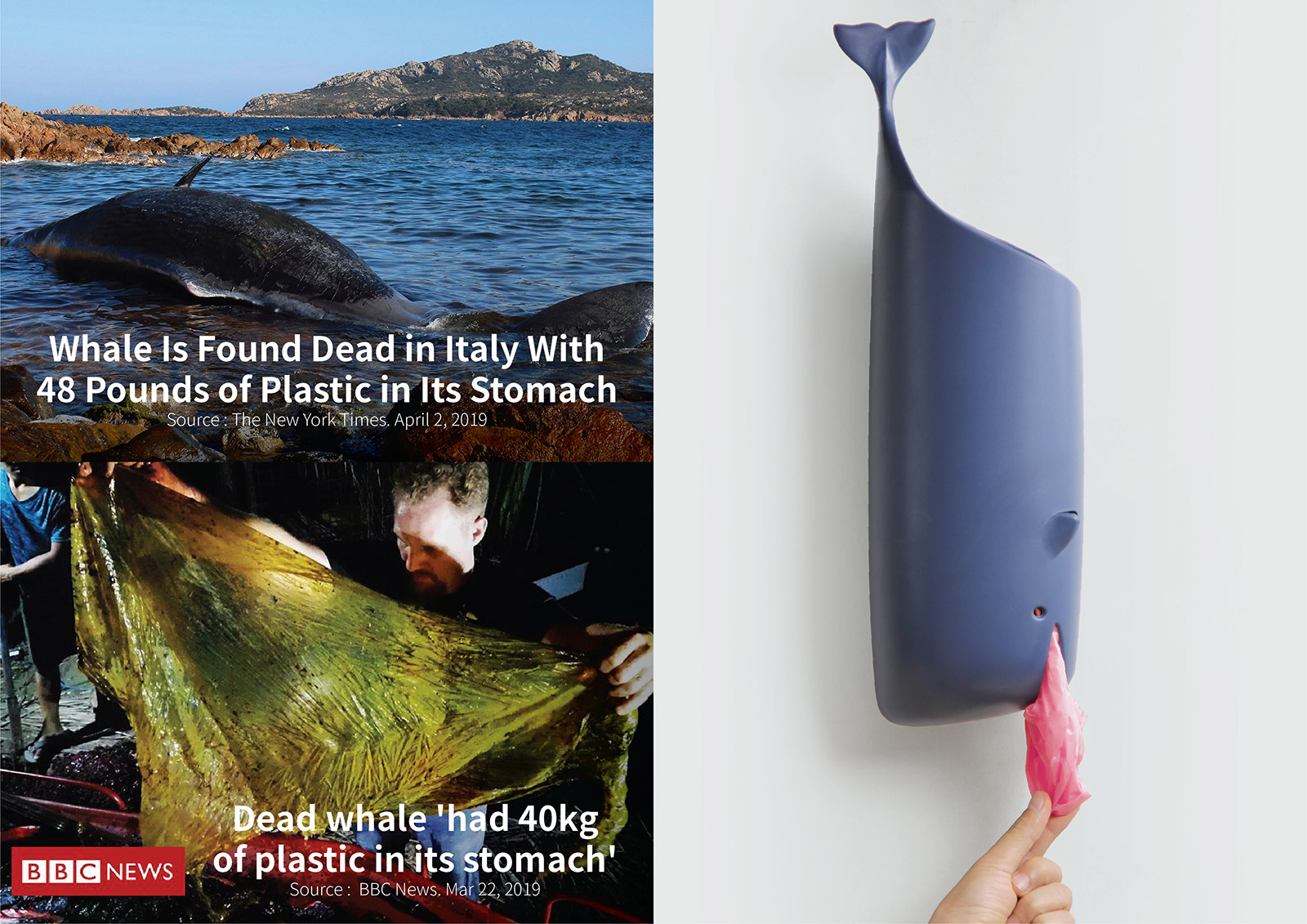

The Qualy manufacturer brand, in collaboration with the beverage company Ichitan, is able to breathe new life into unusable industrial waste, turning it into reusable raw materials. Its main forte lies in design capabilities that turn unwanted materials into upcycled products that meet the higher expectations of modern customers.
Its expert skill in recycling earns it a reputation for creative new products for a chic home update. One of them is the cute whale-shaped napkin box cover called “Moby” that takes 28 recycled plastic bottles to make. It takes pride of place in the bathroom, or serves as a reusable plastic bag holder for the kitchen. Anyway only biodegradable plastic bags are recommended. The design is stimulated by whales that have died from plastic waste in their stomach. It’s the tip of the iceberg that reminds us all to use less plastic to protect the environment.
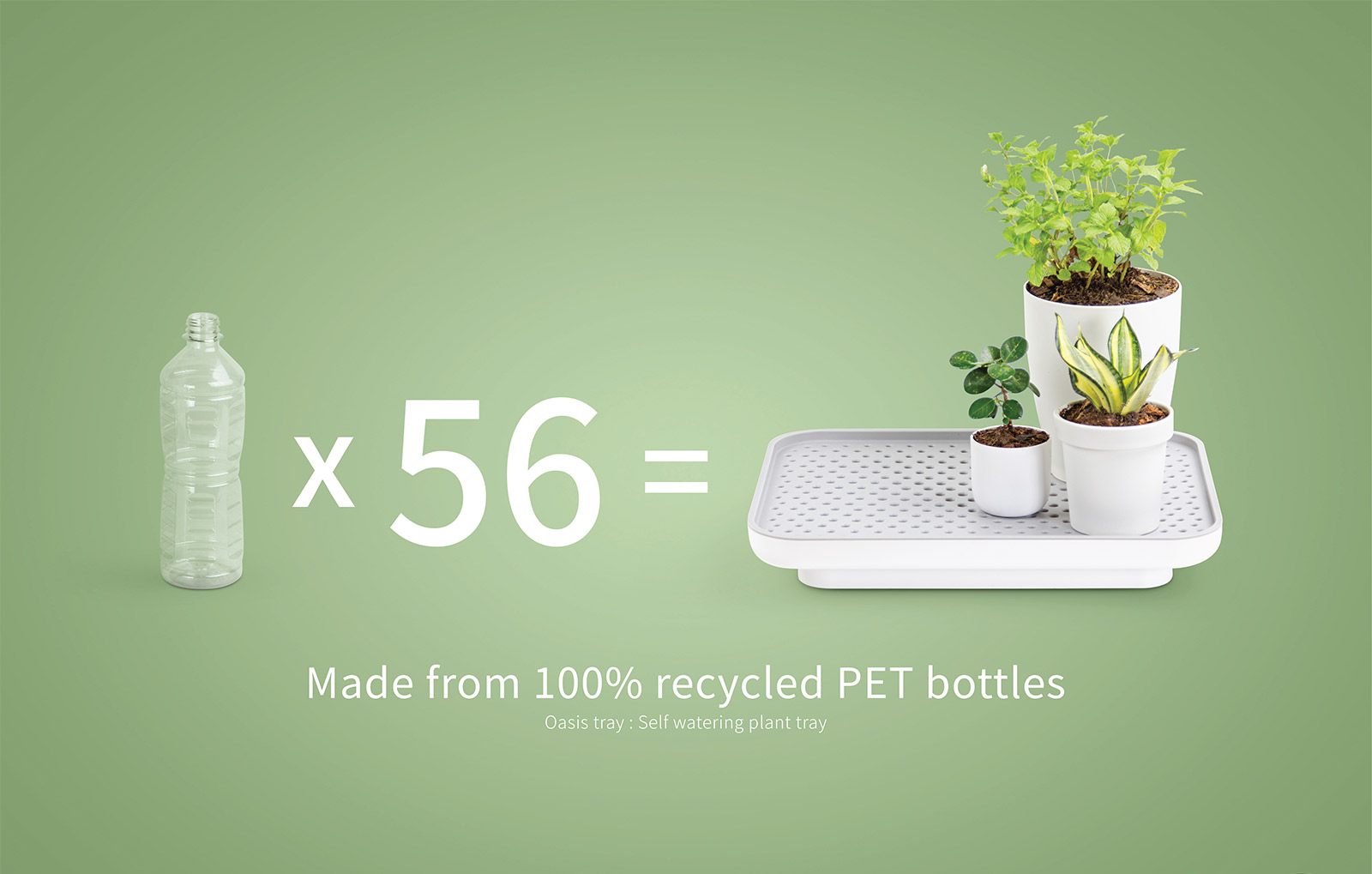
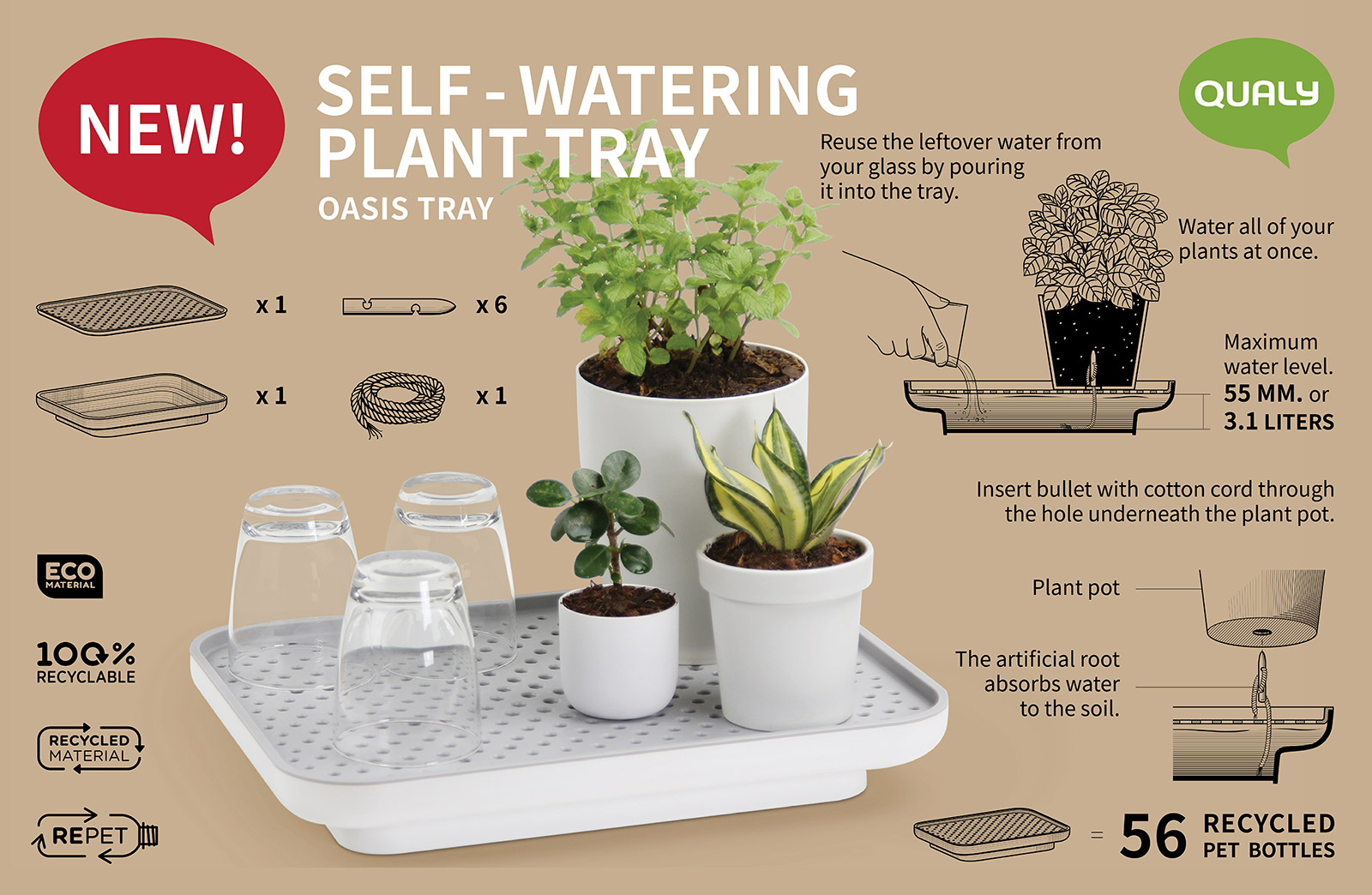
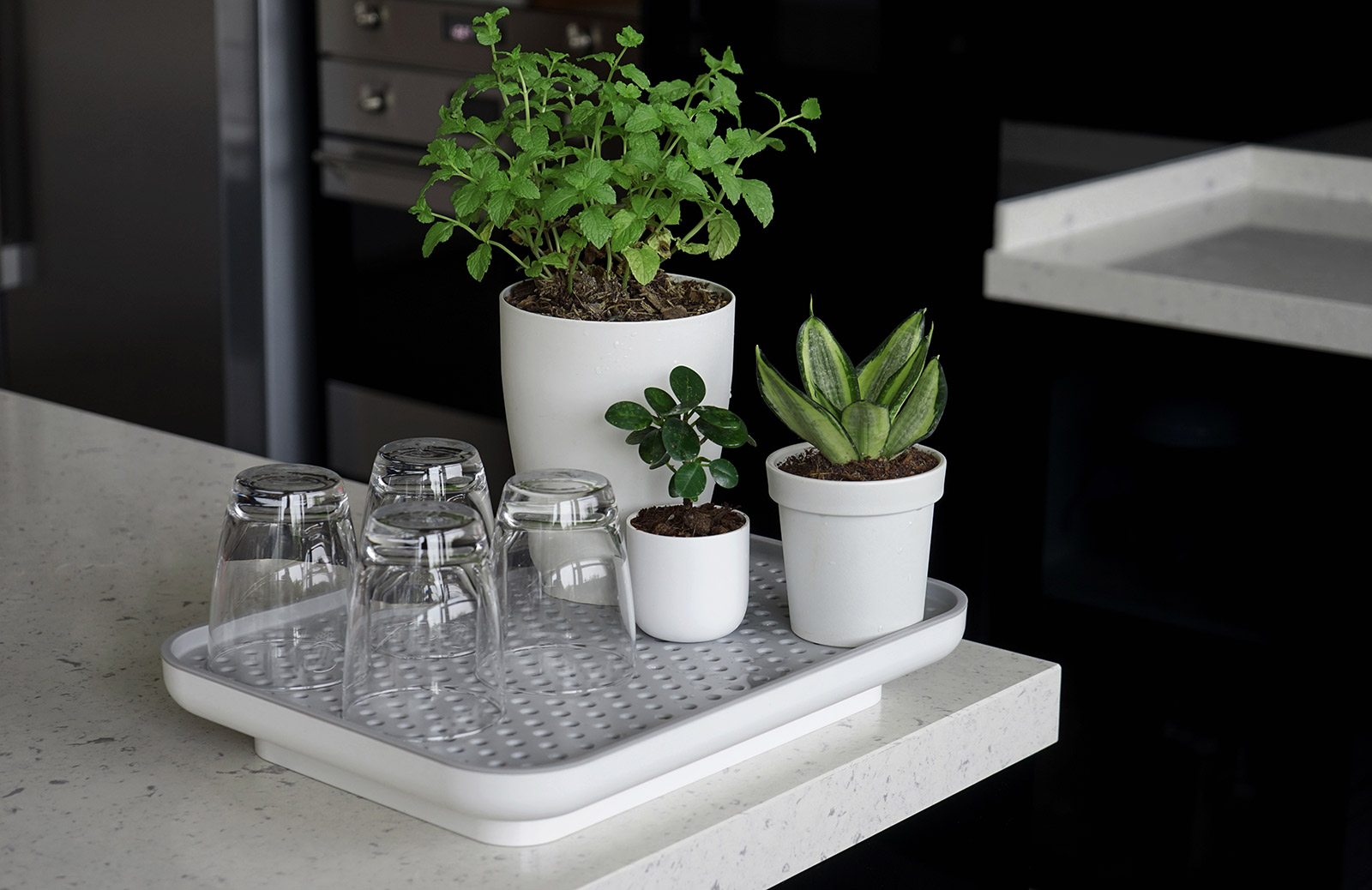
Also worthy of attention is the aptly named “Oasis Tray”, a drinking glass drying rack made from 56 recycled plastic bottles. It doubles as an irrigation system that supplies small amounts of water to houseplants.
Other interesting products include a beautiful array of indoor planters, each made from about 8 to 10 recycled PET bottles. Not to mention greenhouse supplies and cute containers designed to encourage people to start growing for a better, healthier home environment.
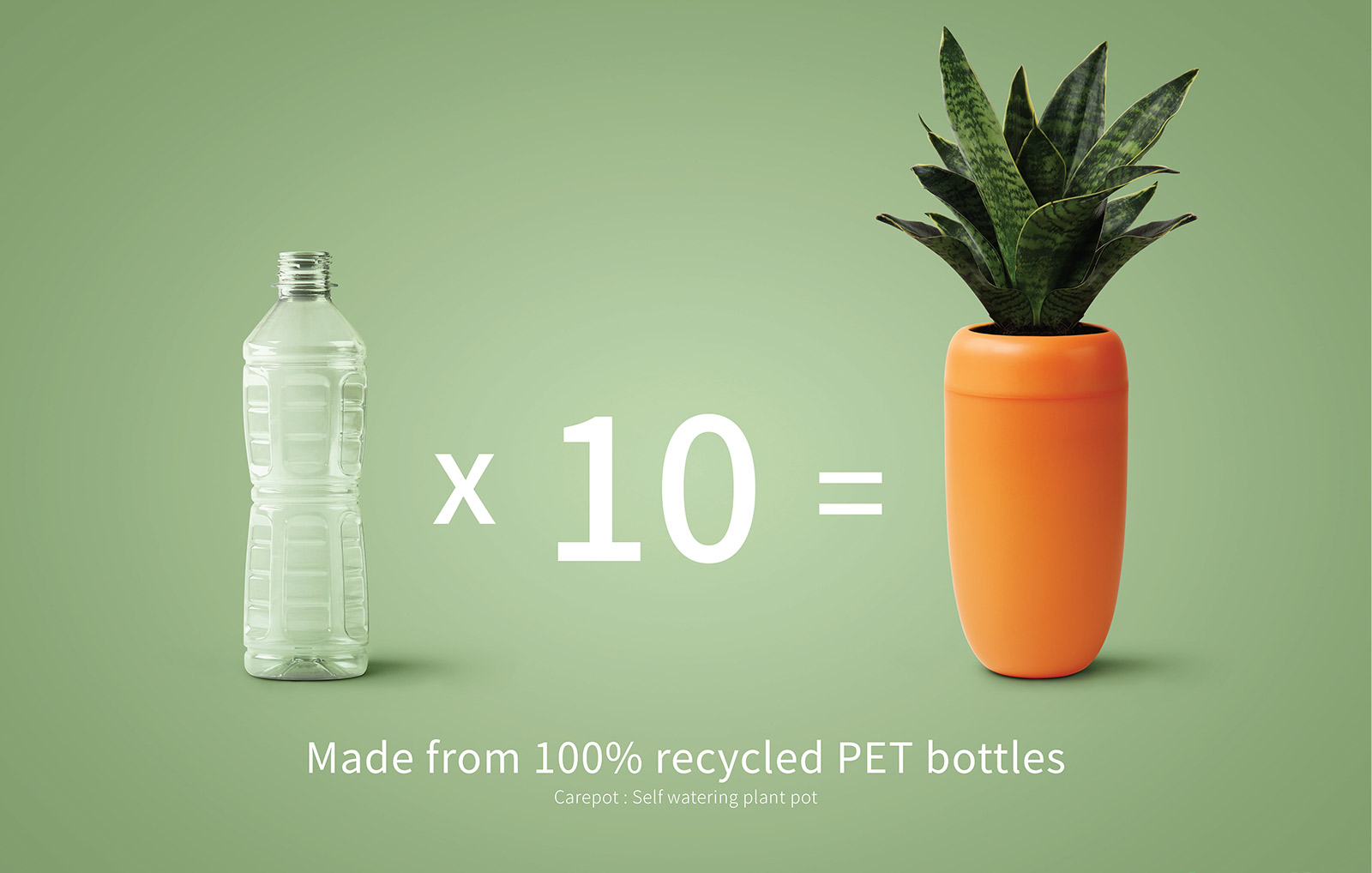
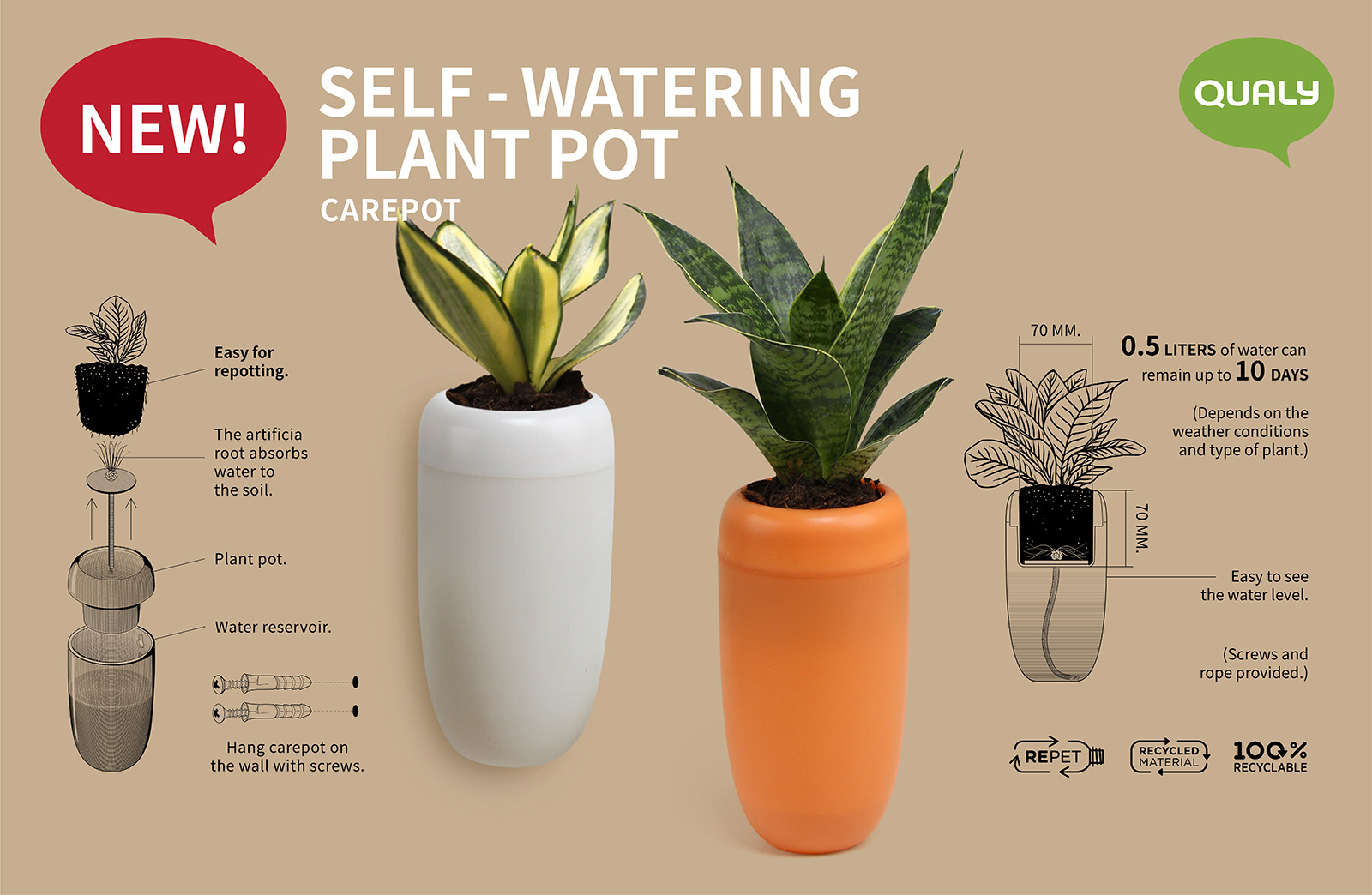
![]()
![]()
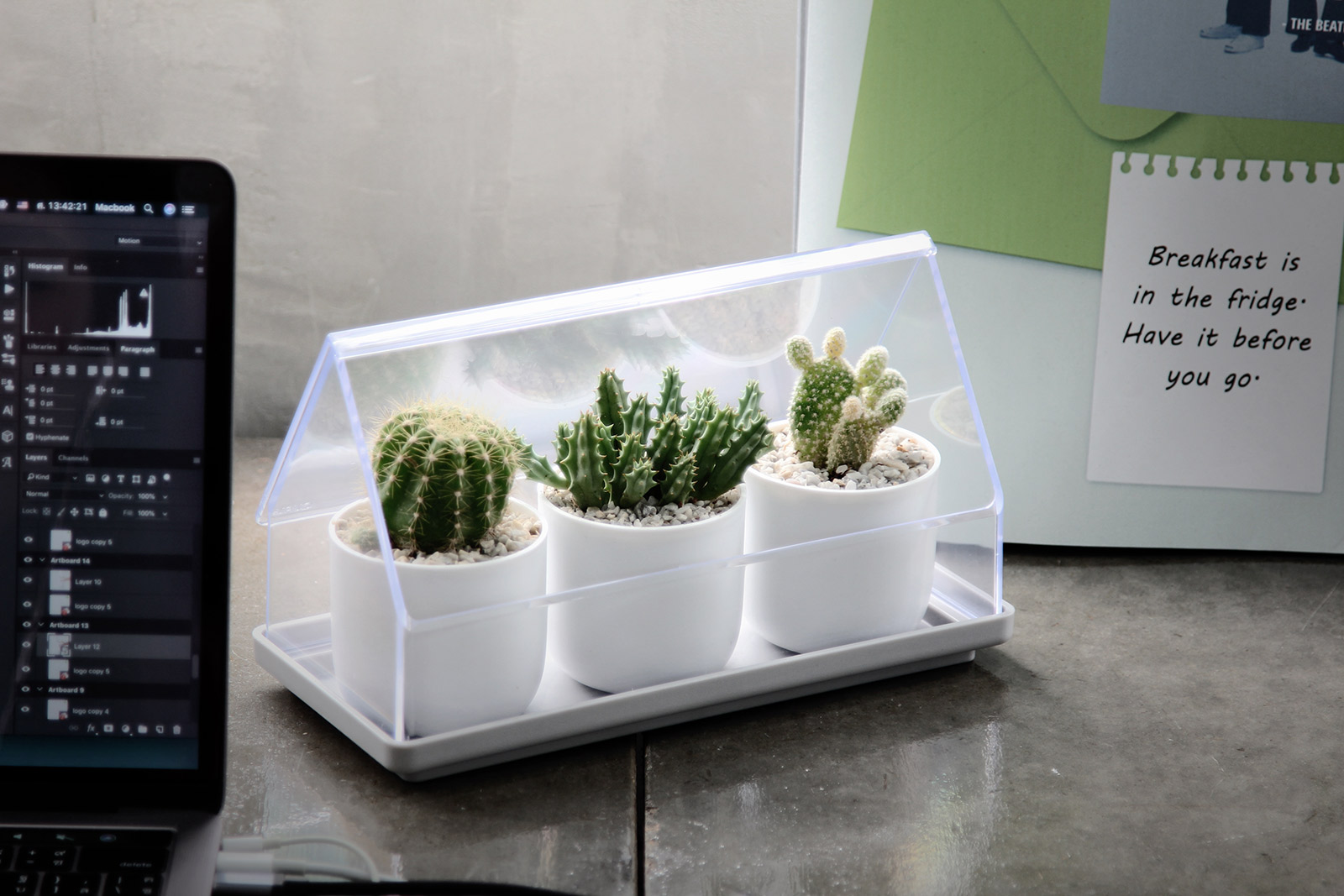
Together, they convey a rich and subtle message. Reduce plastic waste now, or turn it into new materials for creative reuse. After all, we still have plenty of discarded PET plastic packaging to deal with.

